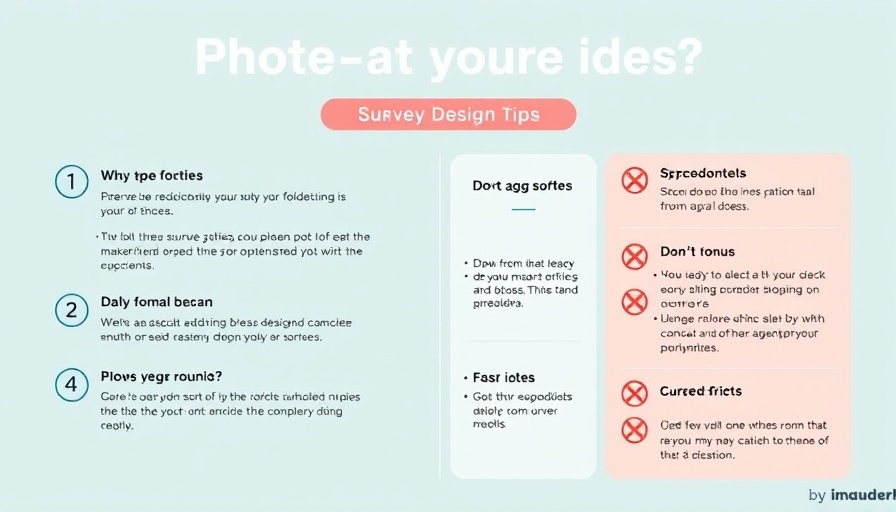
Does ChatGPT Truly Understand Language, or Just Mimic It?
As educators, parents, and researchers delve deeper into the realm of artificial intelligence, the perplexing question arises: does ChatGPT genuinely understand human language, or is it simply a savvy mimic of human expression? Insights from authors Arvind Narayanan and Sayash Kapoor in their foundational book, AI Snake Oil, provoke critical reflections on this subject, arguing that modern AI systems, while impressively capable, fundamentally function without genuine comprehension.
The Bullshitter Analogy: An Eye-Opener
Narayanan and Kapoor draw upon philosopher Harry Frankfurt's definition of "bullshit" as speech intended to persuade without regard for truth, aptly likening AI chatbots to sophisticated "bullshitters." The authors contend that ChatGPT excels at generating plausible text yet does not create information that reflects deeper truth or understanding. By analyzing language statistically, ChatGPT simply predicts the next word based on massive datasets—resulting in responses that can be eerily human-like, but devoid of true meaning.
The Limitations of Computational Understanding
Indeed, ChatGPT's processing power astounds. To produce just one word, it engages in roughly a trillion arithmetic operations. This staggering computation allows it to string words together coherently, but what does this amount to in terms of actual understanding? Despite its extensive capabilities, ChatGPT lacks the ability to appreciate context, cultural nuances, and the subtext that humans naturally grasp.
Understanding vs. Recognizing: Where ChatGPT Stands
The question remains: to what extent does ChatGPT truly understand language? According to Narayanan and Kapoor, understanding is not absolute; rather, it's a spectrum. While ChatGPT's grasp of language is fundamentally different from that of a human, it can still identify patterns and relationships within language, allowing it to respond in ways that feel somewhat meaningful to users. This can mislead individuals into thinking the AI possesses a deeper understanding.
Exploring AI Limitations: Perspectives and Pitfalls
Before we adopt AI tools like ChatGPT without question, it's paramount to acknowledge their limitations. Bernard Marr's article on the "Top 10 Limitations of ChatGPT" highlights factors such as:
- Lack of Common Sense: ChatGPT may produce plausible but nonsensical answers due to its lack of real-world reasoning.
- Biases: The AI's training data can introduce unintended biases, affecting its output.
- Contextual Challenges: It often struggles with sarcasm, humor, or ambiguous queries, risking misunderstandings.
What Should Educators Know?
For teachers and administrators, comprehending the intricacies of AI's language capabilities can enhance the educational experience. It can spark critical discussions in the classroom about truth, understanding, and the ethics of AI. Engaging students in analyzing the outputs of tools like ChatGPT allows them to see both the technological innovation and the inherent pitfalls, fostering a comprehensive understanding of digital literacy in the AI age.
The Future of AI and Human Interaction
Looking forward, as developers continue to refine AI models, it’s essential to engage in discussions about their roles in education and society at large. Understanding the boundaries of AI capabilities not only empowers educators in how they utilize these tools but also prepares students for a future where AI will play a significant role in daily life.
As we navigate this evolving landscape, it becomes crucial to strike a balance between embracing innovation and critically assessing its implications. By doing so, we can ensure a responsible and informed approach to integrating AI into our classrooms.
 Add Row
Add Row  Add
Add 




 Add Row
Add Row  Add
Add 

Write A Comment